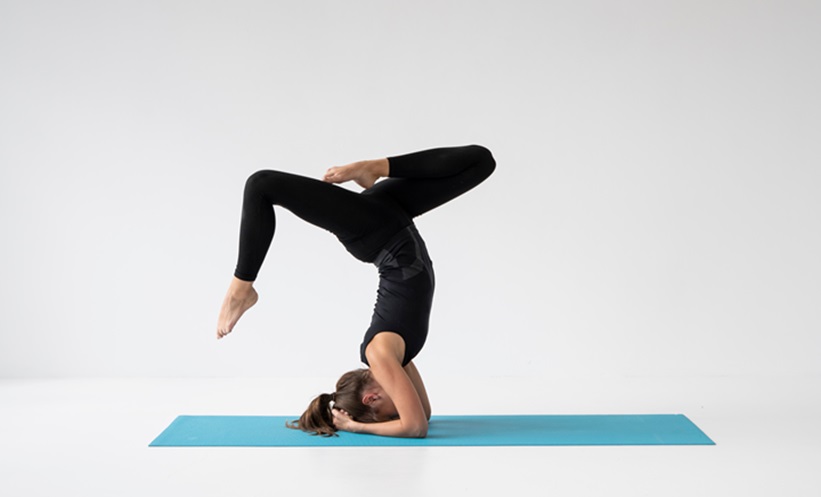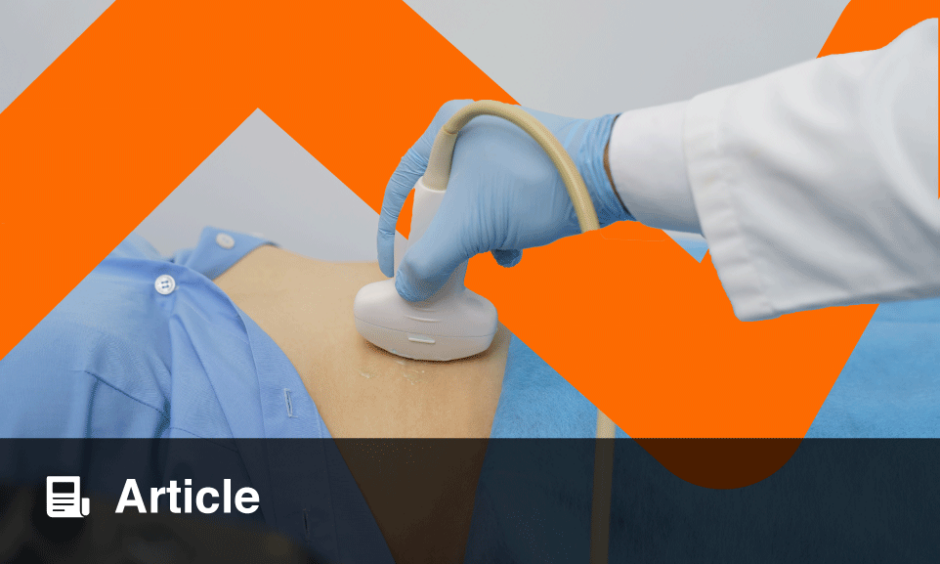URINARY incontinence (UI), a common condition affecting many women, particularly as they age, can significantly impact quality of life. A recent randomised trial, led by researchers from Stanford Medicine and the University of California, San Francisco, California, USA, compared the effects of pelvic floor yoga with nonspecific physical conditioning on reducing urinary incontinence.
The study involved 240 women aged 45––90 who experienced daily UI symptoms. These participants were randomly assigned to two groups. One participated in a 12-week pelvic floor-specific Hatha yoga programme, while the other followed a general stretching and strengthening program. Both groups received group instruction twice a week and practised for an additional hour, independently each week. UI frequency was tracked using three-day voiding diaries, measuring both urgency-type and stress-type UI.
At the beginning of the trial, participants experienced an average of 3.4 UI episodes per day. However, by the end of the 12 weeks, the pelvic yoga group reduced UI episodes by 2.3 per day, while the physical conditioning group saw a reduction of 1.9 episodes. Despite this improvement, the difference between the two groups was minimal (−0.3 episodes per day), indicating that pelvic yoga was not significantly more effective than general conditioning. Both treatments led to a modest reduction in urgency-type UI, with no major differences in managing stress-type UI.
The study emphasises the benefits of low-impact, accessible exercise programs. Both yoga and general physical conditioning resulted in about a 60% reduction in UI episodes, a benefit comparable to medications typically used to treat the condition. These findings suggest that staying physically active, whether through yoga or general exercise, can be a valuable approach to managing urinary incontinence.
Katie Wright, EMJ
Reference
Huang AJ et al. Efficacy of a therapeutic pelvic yoga program versus a physical conditioning program on urinary incontinence in women : a randomized trial. Ann Intern Med. 2024;DOI:10.7326/M23-3051.








